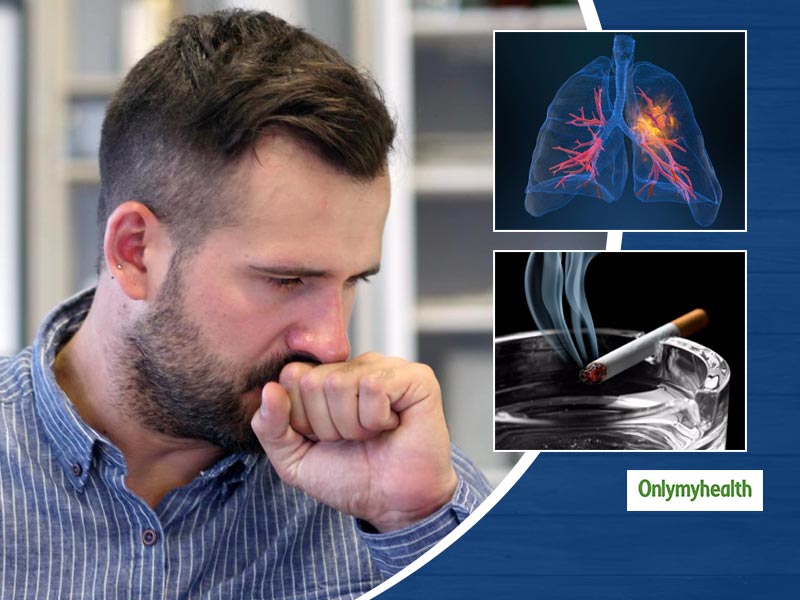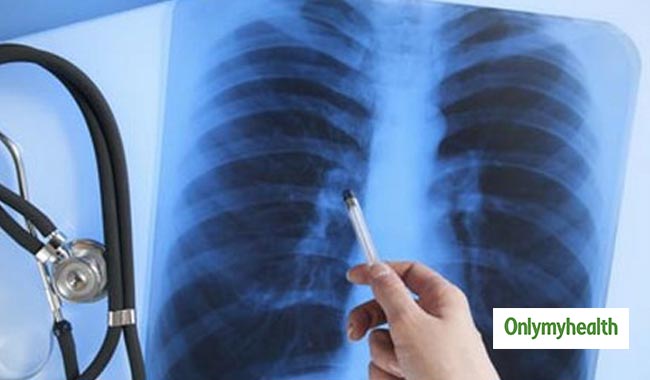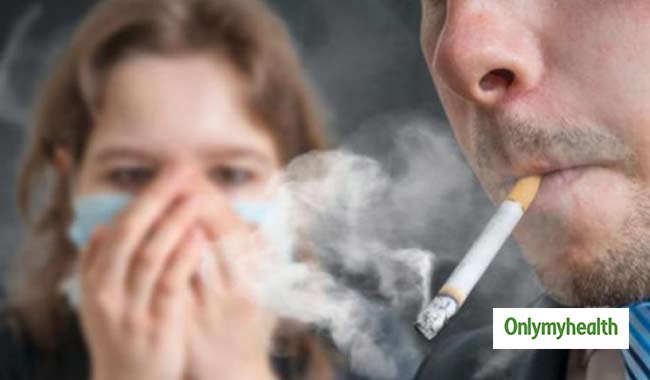
Lung cancer originates from – of the lung, usually from cells living air passages. The two main kinds of lung cancer include non-small cell lung cancer and small cell lung cancer. The majority are non-small cell lung cancer (Adenocarcinoma squamous cell carcinoma). Smoking tobacco (cigarettes and bidis) is the principal risk factor in men. The number of nonsmokers with lung cancer is also going up by 30-40%, and there could be other factors like obesity or alcohol ingestion but what is glaring is air pollution. Majority of those people newly diagnosed with lung cancer already have metastasis to other parts of the body, e.g. lymph node, liver, bone and brain. Therefore, lung cancer must be diagnosed early as the treatment is the most promising when the disease is detected early.
Table of Content:-
Dr Pankaj Kumar Pandey – Director – Surgical Oncology, Fortis Hospital, Shalimar Bagh explains the early signs of cancer?

- Lingering or worsening cough
- Coughing up phlegm or blood
- Chest pain that worsens when one breathes, deeply laugh or cough
- Hoarseness
- Shortness of breath
- Wheezing
- Weakness and fatigue
- Loss of appetite and weight loss
Also Read: Sugar and Cancer: Why Obesity Is The Real Culprit Behind Cancer
One may have recurrent respiratory infections such as pneumonia or bronchitis. As cancer spreads, additional symptoms depend on where new tumours form – e.g.

- Lymph node- lumps in neck or collar bone
- Bones- bone pain, particularly back ribs or hips
- Brain or spine- headache, dizziness, gait, numbness in arms or legs
- Liver- yellowing of skin and eye (Jaundice)
Also Read: Curcumin For Cancer: Understanding How Curcumin Can Help Prevent Cancers
The tumour on top (apex) of the lung can affect facial nerves causing dropping of one eyelid, small pupil or lack of sweat on one side of the face. Together these symptoms and signs are called Horner’s Syndrome.
Diagnosis
CT can obtain sputum cytology and imaging which include Chest X-ray, CT scan, MRI, PET CT and biopsy which will determine if cancer cells are present and a sample guided biopsy, Bronchoscopy and Endoscopic Bronchial Ultrasound and Biopsy, Mediastinoscopy. Therapy depends on the stage of the condition and includes Surgery, Chemotherapy, Radiation, and Targeted Therapy + Immunotherapy (Either or in combination). If one is experiencing any of the above signs or symptoms should consult a specialist to rule out malignancy.
Read more articles on Health News
How we keep this article up to date:
We work with experts and keep a close eye on the latest in health and wellness. Whenever there is a new research or helpful information, we update our articles with accurate and useful advice.
Current Version